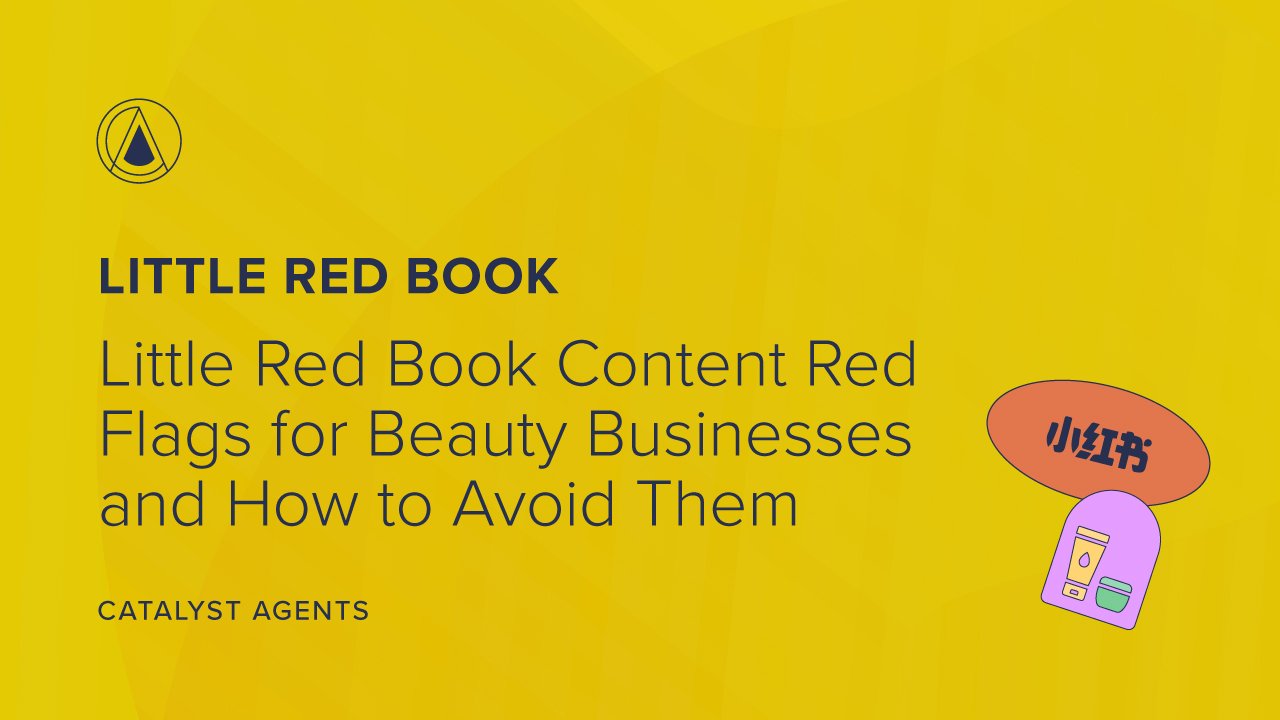Little Red Book Content Red Flags for Beauty Businesses and How to Avoid Them
Little Red Book (Xiao Hong Shu, or Xiaohongshu) is a Chinese social media and e-commerce platform that has become increasingly popular among beauty consumers.
With over 200 million active users, Little Red Book is a powerful platform for reaching and engaging with potential customers. However, beauty businesses need to be aware of the potential content red flags on Little Red Book in order to avoid negative publicity and damage to their brand reputation.
Red Flag 1: Misleading or false claims about product efficacy
Beauty businesses should never make misleading or false claims about the efficacy of their products. This can include claims that a product can achieve unrealistic results, such as making wrinkles disappear overnight or curing acne permanently. Making such claims can not only damage your brand reputation but could also lead to legal action.
Client: Skinceuticals
See above for an example of content we create for our client. Instead of writing out the words that are sensitive on Little Red Book such as “link”, “purchase”, and “get a gift”, we use emojis to signify them so that users understand what we are trying to communicate.
Such pieces of content also use emojis for “like and save” to boost engagement metrics. By utilizing these tips, you’ll be able to say what’s needed without alerting the Little Red Book algorithm.
Red Flag 2: Unrealistic before-and-after photos
Before-and-after photos can be a powerful marketing tool, but they should be used responsibly. Beauty businesses should never use photos that have been digitally altered or that do not accurately represent the results that can be achieved with their products. Using unrealistic before-and-after photos can mislead consumers and erode their trust in your brand.
Red Flag 3: Excessive hype and exaggeration
It is important to be enthusiastic about your products, but you should avoid excessive hype and exaggeration. This can make your marketing sound insincere and can alienate potential customers. Focus on the real benefits of your products and let your customers speak for themselves through positive reviews and testimonials.
Red Flag 4: Ignoring negative feedback
Negative feedback is inevitable when you are running a business. It is important to respond to negative feedback in a professional and timely manner. Acknowledge the customer's concerns and offer to resolve the issue. Ignoring negative feedback will only make the problem worse.
Red Flag 5: Not being transparent about your ingredients
Consumers are increasingly interested in the ingredients in the beauty products they use. Beauty businesses should be transparent about their ingredients and should not use any ingredients that are known to be harmful or unsafe.
By following these tips, beauty businesses can avoid Little Red Book content red flags and create a positive and engaging brand presence on the platform.



